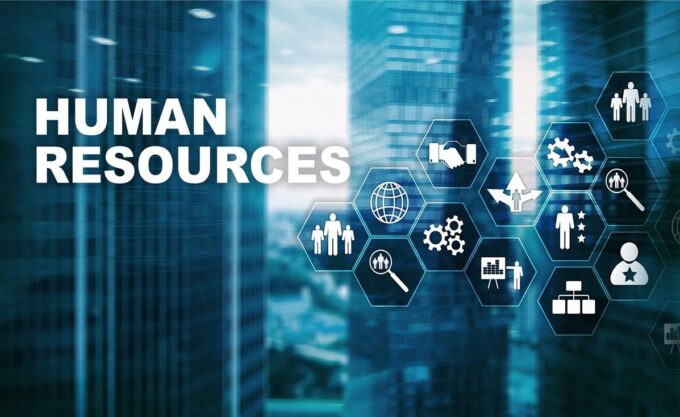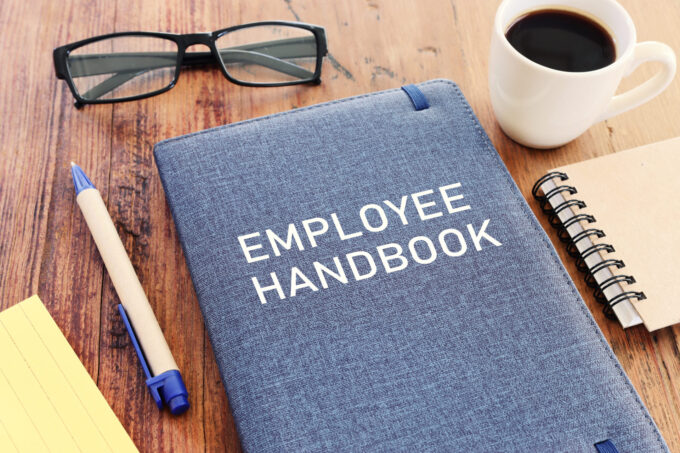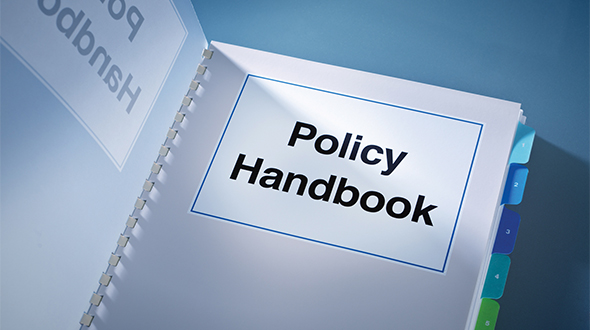A comprehensive employee handbook is an invaluable tool for communicating workplace policies, expectations, and procedures to an organization’s staff. Often prepared by the HR department, an employee handbook sets forth guidelines on everything from code of conduct to compensation and performance management. For a handbook to be truly useful though, it must include specific essential policies and protocols tailored to the organization.
Defining Core Values

One of the most important components of any employee handbook is a clear definition of the company’s core values. Things like integrity, innovation, accountability, and community are examples of potential core values. Core values form the bedrock principles that shape company culture and guide employee behaviors.
According to the experts at VertiSource HR, an HRIS (human resource information system) can help facilitate creation of digital handbooks with broad accessibility.
New hires should be thoroughly oriented on core values from day one. This ensures they embrace priorities like ethics, teamwork, and quality output right out of the gate. The handbook must provide concrete examples of how core values apply in practice. When core values grow vague, cultures can drift astray into counterproductive norms.
Workplace Standards and Conduct

An employee handbook needs to delineate clear standards of professionalism and code of conduct that align with company values. Include straightforward guidelines around things like:
- Maintaining confidentiality
- Proper attire and grooming
- Courtesy and respect towards co-workers and customers
- Prohibitions on harassment and discrimination
- Safety practices
- Substance abuse
- Social media usage
- Personal relationships
Cover additional conduct guidelines specific to your workplace. The standards outlined in the handbook give employees a concrete understanding of what the organization considers acceptable and unacceptable. This avoids assumptions or indifference around important behavioral expectations.
Hours, Attendance and Leave

Essential procedural information should be communicated in the handbook as well. This includes guidelines around hours of operation, work schedules, clocking in and out, overtime, paid time off, sick leave, parental leave, bereavement leave, and any other leave types granted.
Ensure hours and attendance protocols align with federal, state, and local labor laws. Outline disciplinary steps for excessive absenteeism, tardiness, or early departures. Explain required procedures for requesting and obtaining approvals for planned and unplanned leave. These basic procedural details are vital for minimizing workplace disruptions.
Compensation and Performance
An employee handbook needs to overview formal compensation and performance management processes. Provide summaries of:
- Pay cycles and distribution methods
- Bonus/incentives policies
- Eligibility for pay increases
- Performance review frequency
- Performance rating parameters
- Goal-setting protocols
This gives employees visibility into what impacts their earnings potential and how their productivity is evaluated. Knowing these details upfront minimizes speculation and sets clear expectations.
Workplace Policies

Cover key workplace policies in the handbook as well. Topics should include:
- Anti-discrimination, anti-harassment and anti-bullying policies
- Workplace violence and weapons prohibitions
- Drug and alcohol policies
- Social media and technology usage policies
- Employee privacy and monitoring policies
- Adverse weather and emergency policies
Ensure policies comply fully with employment laws while protecting the interests of both employees and the company. Update policies as needed to adapt to evolving challenges and risks.
Complaint and Grievance Processes
The handbook should show the procedures that employees should follow when it comes to raising workplace complaints or grievances. Outline steps for reporting concerns that are related to:
- Unfair treatment
- Unsafe working conditions
- Policy violations
- Ethics breaches
- Criminal conduct
- Harassment/discrimination
Document assurances of non-retaliation and confidentiality, and clearly define resolution processes and prohibitions on retaliation. These details encourage reporting and enable prompt resolution.
Statement on Equal Employment Opportunities

Our dedication to fostering diversity and inclusion is steadfast. We are committed to providing equal employment opportunities without regard to race, gender, age, religion, disability, or any other legally protected characteristic. We value a diverse workforce for its contribution to our organization’s enrichment and its role in driving innovation. We maintain a strict no-tolerance policy for discrimination or harassment and urge employees to report any such occurrences.
Employee Welfare and Benefits
We regard our employees as our greatest asset and strive to support their overall well-being. Our extensive benefits package offers health, dental, and vision insurance, retirement planning, and generous paid leave, including holidays and vacation days. We also provide additional perks like employee assistance programs, wellness initiatives, and discounts on various products and services, demonstrating our commitment to delivering competitive and attractive benefits to enrich our employees’ experience.
Opportunities for Training and Professional Growth
We are dedicated to promoting the professional growth and development of our employees. Our organization offers a variety of training and development programs, including workshops, online courses, mentorship opportunities, and tuition support for further education. Our aim is to empower our employees to achieve their highest potential, advance their careers, and contribute significantly to our organization’s success.
Organizational Reporting Structure
Understanding the structure of our organization is crucial for effective communication and teamwork. Our reporting system is structured to ensure clarity in communication and responsibility. Each employee has a specific supervisor or manager for reporting purposes. We also maintain an up-to-date organizational chart depicting the hierarchy and departmental relationships, ensuring employees are aware of the appropriate channels for guidance, support, and decision-making.
Flexible Work and Telecommuting Guidelines
Acknowledging the evolving nature of work environments, we provide flexible remote work options for qualified employees. Our policy on remote work sets clear expectations, eligibility criteria, and technological requirements. This policy is designed to uphold productivity, adhere to data security standards, and maintain team cohesion. Employees working remotely are expected to comply with these guidelines to guarantee a productive, secure, and integrated work experience.
Commitment to Environmental Sustainability
We are dedicated to reducing our environmental footprint and supporting sustainability. Our initiatives focus on waste reduction, energy conservation, and promoting environmentally friendly practices within our organization. We encourage employee involvement in sustainability efforts, such as recycling and energy-saving measures.
Conclusion
A comprehensive employee handbook is invaluable when it comes to communicating essential policies, expectations, values, and procedures to an organization’s workforce. When thoughtfully prepared, it helps to promote engagement, productivity, and risk reduction. Periodic handbook reviews also ensure content remains relevant over time as conditions evolve.











